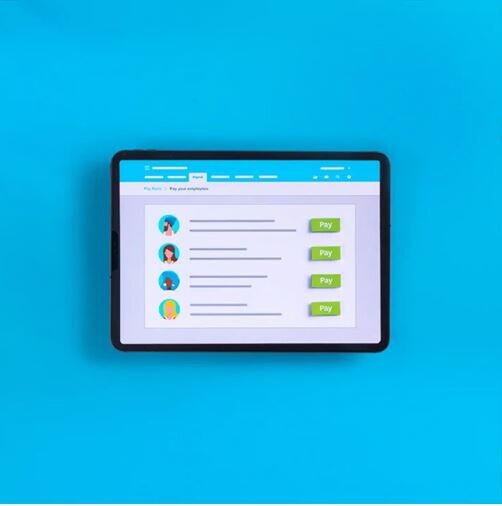Progress for Fixing the Holidays Act 2003
A draft bill targeted to be released for consultation September 2024
The lack of clarity and certainty provided by the Holidays Act 2003 has been a longstanding issue, and non-compliance has resulted in employees not receiving their entitlements, and high remediation costs to employers.
Focus Points:
a proposed approach to pro-rating sick leave so that there is some proportionality to how an employee works
moving from a weeks-based entitlement system to a weeks-based accrual system for providing leave entitlement
simpler methodologies for calculating use of leave that do not require pay systems to access data about daily hours of work
objective criteria for using pay-as-you-go for annual leave and a less burdensome review process
simplifying the payment method for other types of leave so that only one calculation is required
IR Kilometre Rate for business use of vehicles
Increased for 2024 Income Year
If you use these KM rates to reimburse employees, make sure you are using the current rates – two-tier rates start at $1.04 per kilometre.
For Xero Payroll Users – Improvements are on their way!
What’s new?
Payroll reports have been refreshed.
You can now reorder columns, apply a new ‘group & summarise’ filter and there’s an option to export to Google Sheets.
Introduction of a guided onboarding process to assist employers with onboarding of new employees.
Soon, Xero Payroll admins will be able to tailor the working patterns of employees working non-traditional hours.
The idea of traditional working hours has evolved over the last few years with the rise of flexible working arrangements, so we’re creating new working pattern templates in Xero Payroll.Here are some other features you can expect:
You’ll be able to specify an employee’s employment type and set up payroll to match their salary and work patterns
You’ll have the ability to track and report FBAPS leave in days, and annual leave in weeks, which better aligns to the Holidays Act (FBAPS includes family violence leave, bereavement leave, alternative holidays, public holidays, and sick leave)
Focus on Parental Leave
Parental Leave payment increase on 1 July 2024
On 1st July 2024, the maximum weekly rate of parental leave payments increased to Gross $754.87 per week BEFORE TAX (PAYE, Student Loan, Child Support or KiwiSaver payments).
IRD Paid Parental Leave Entitlements
www.employment.govt.nz leave and holidays/parental leave
KiwiSaver Employer Contributions
From 1 July 2024, if you choose to have KiwiSaver deductions from your paid parental leave payments, Inland Revenue will also make employer contributions of 3%.
If you continue to receive a salary or wage from your employer while on parental leave, your employer will continue deducting KiwiSaver contributions and making compulsory employer contributions unless you have a savings suspension.
Impact of parental leave on payment rate for annual leave
When an employee becomes entitled to annual leave during their parental leave and in the next 12 months after their return, the dollar value of this leave is paid at the employee’s average weekly earnings (AWE) and not the higher of AWE or Ordinary Weekly Pay meaning the value of leave taken maybe reduced significantly.
Calculating payments for leave & impact of parental leave on payment rate
Keeping in touch days (KIT Days)
Refers to working from time to time to perform work or keep in touch with your employer:
- Maximum of 64 hours of paid work for your employer during your parental leave payment period, and
- This work is not within the first 28 days after your child was born.
The Accounted4 Payroll team
Carolyn Lawrence Extension 837 Email carolyn.l@accounted4.co.nz
Anne Bland Extension 831 Email anne.b@accounted4.co.nz
Kate Crookston Extension 825 Email kate.c@accounted4.co.nz
General Payroll Enquires Email payroll@accounted4.co.nz








